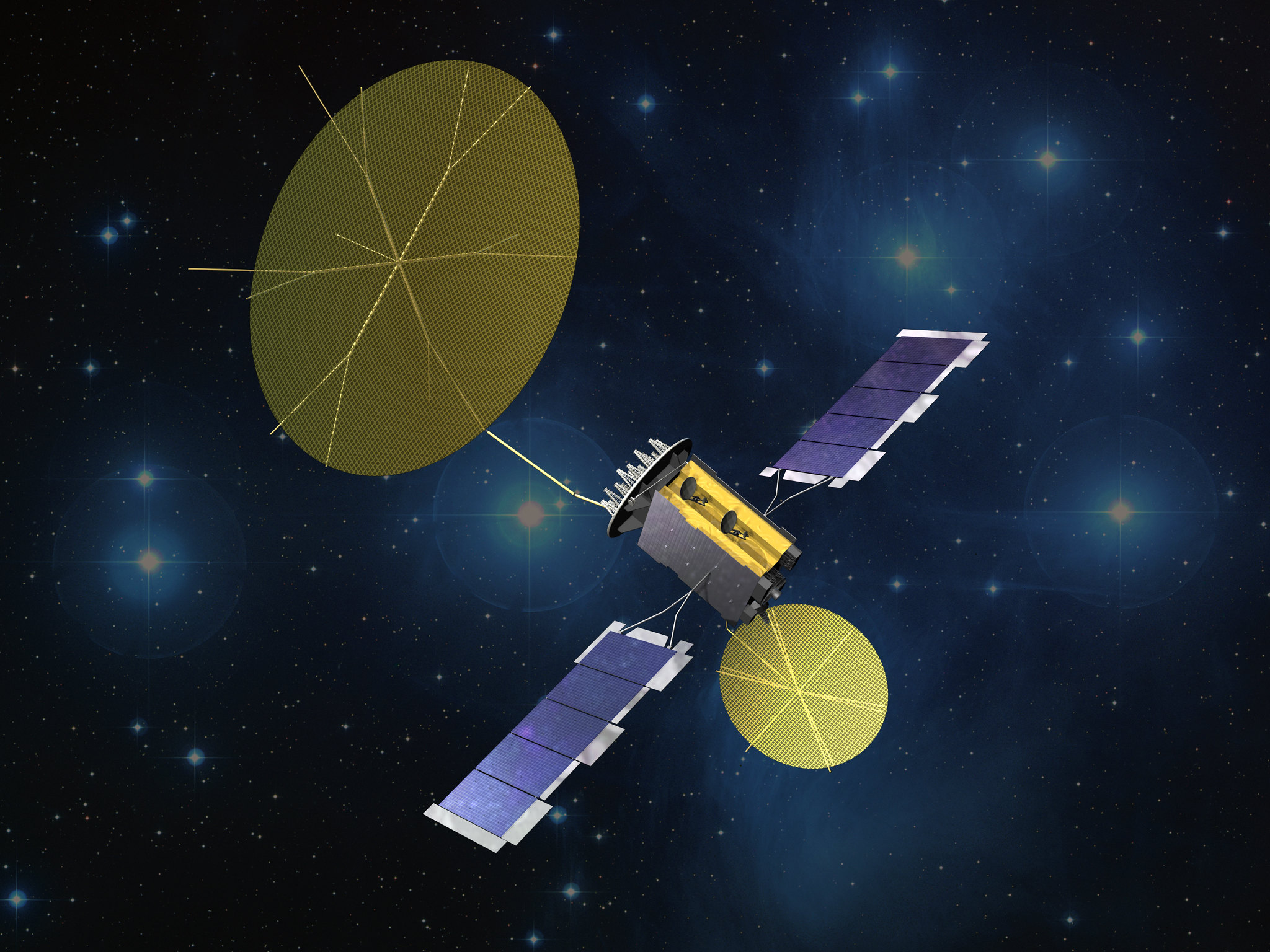TAMPA, Fla. — Intelsat 33e has lost power in geostationary orbit and the satellite is no longer providing communications for customers across Europe, Africa and parts of Asia Pacific, its operator announced Oct. 19.
Intelsat said it is working with satellite maker Boeing to address the anomaly, but “believe it is unlikely that the satellite will be recoverable.” An Intelsat spokesperson said the satellite was not insured at the time of the issue.
The company said in a brief news release it is working to move customers to other satellites in Intelsat’s fleet or spacecraft operated by third parties.
Intelsat 33e launched in August 2016 and entered service in January 2017 at 60 degrees East, about three months later than planned following an issue with its primary thruster.
A second propulsion issue that emerged during in-orbit tests helped knock off around 3.5 years from the satellite’s initially estimated 15-year lifespan.
Intelsat 33e is the second in Intelsat’s EpicNG (next-generation) series of high-throughput satellites.
The first, Intelsat-29e, was declared a total loss in 2019 after just three years in orbit. That failure was pinned on either a meteoroid impact or a wiring flaw that led to an electrostatic discharge following heightened solar weather activity.
Related



